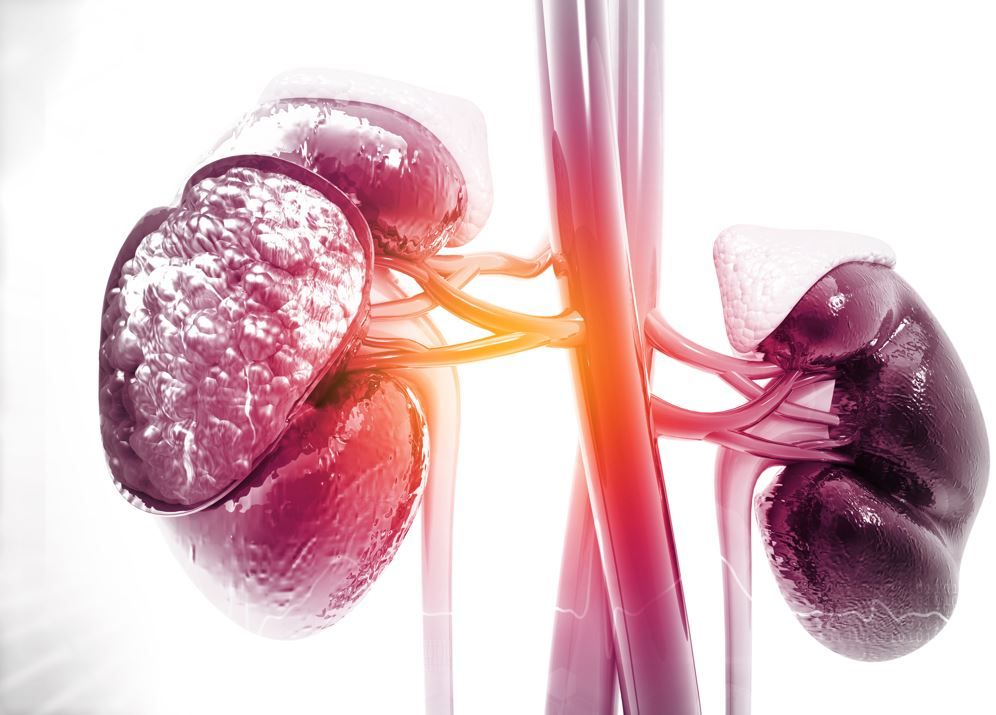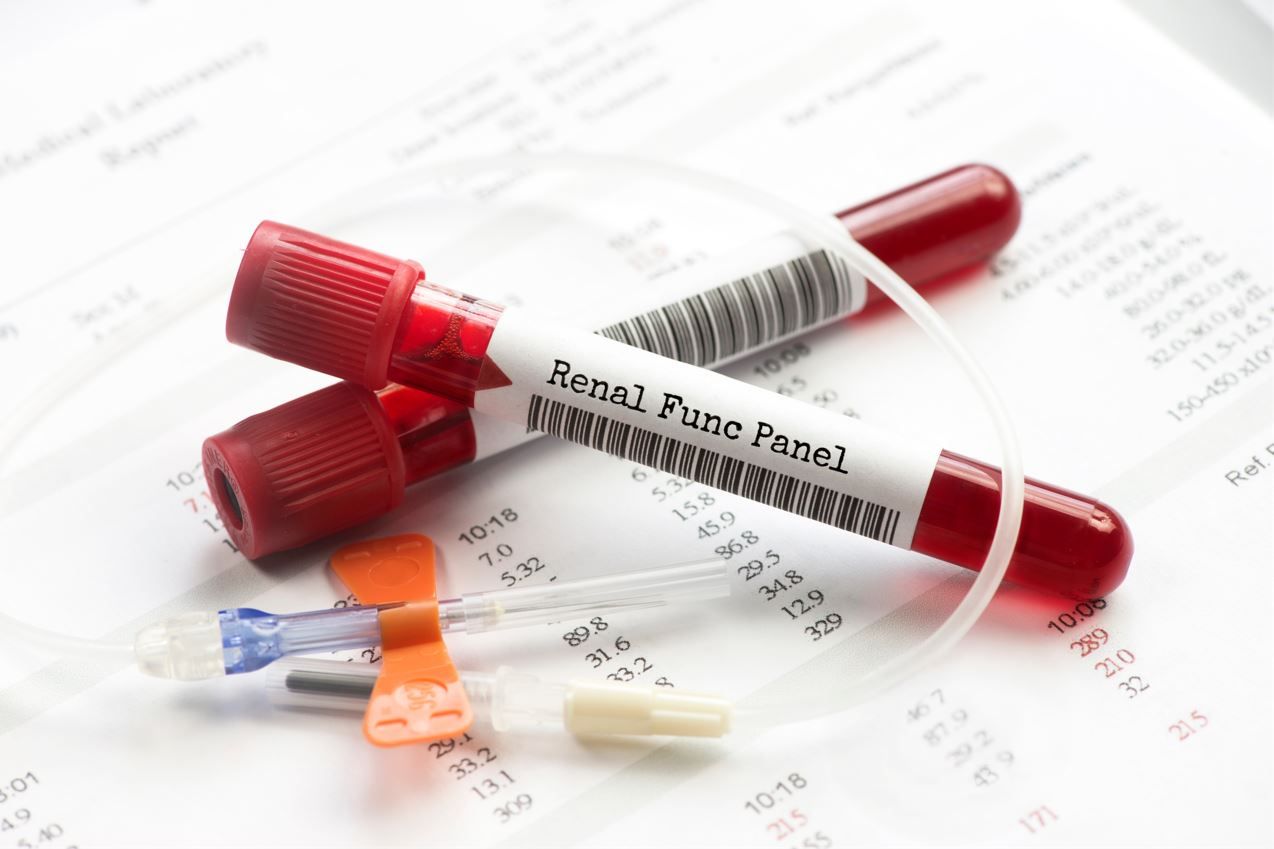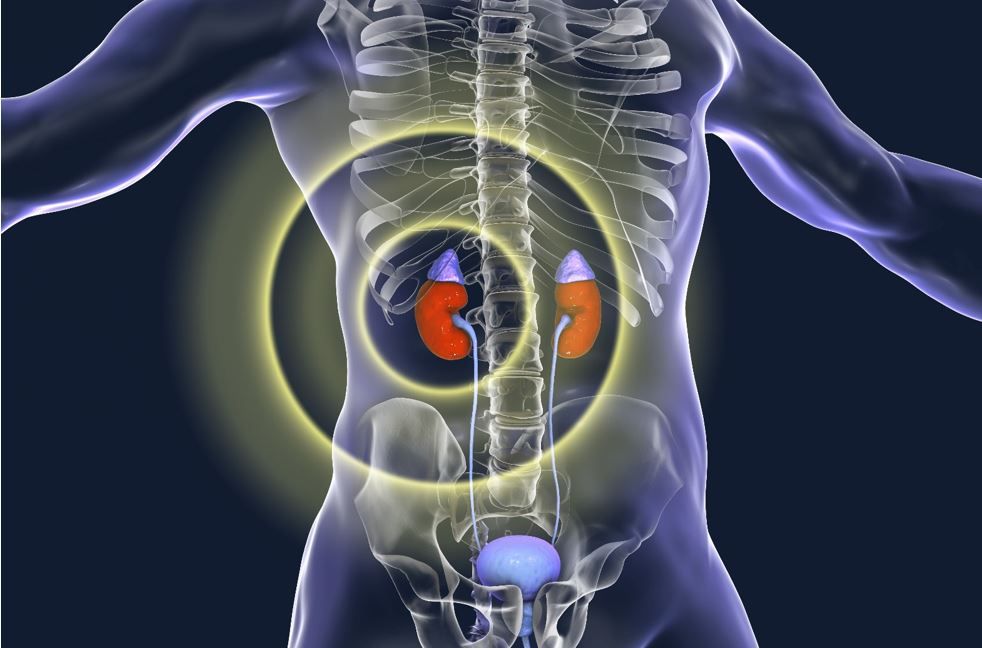Chronic Kidney Disease: Top Papers in 2022
Find a compact sampling of 2022 chronic kidney disease research reviewed on Patient Care, chosen by the editorial staff.

Tirzepatide Slows Renal Decline in T2D Patients with CKD in First Analysis of Dual Agent on Kidney Function
In a cohort of older adults with type 2 diabetes (T2D) and at elevated cardiovascular (CV) risk, the novel once-weekly drug tirzepatide significantly slowed progression of chronic kidney disease including rates of new onset macroalbuminuria. The findings come from a prespecified exploratory analysis of the SURPASS-4 clinical trial which is the first to explore the impact of the dual agent on kidney function in patients with T2D.
Tirzepatide is a first-in-class, once-weekly injectable dual glucose-dependent insulinotropic polypeptide (GIP) and glucagon-like peptide-1 (GLP-1) mimetic approved in the US in May 2022 as an adjunct to diet and exercise to reduce hyperglycemia in adults with T2D.

Empagliflozin Reduced Risk of Renal Disease Progression, CV Death Across CKD Spectrum in EMPA-KIDNEY
Among a wide range of persons with chronic kidney disease (CKD) at high risk, the SGLT-2 inhibitor empagliflozin reduced the risk for disease progression or CV death by 28% vs placebo, according to findings from the landmark phase 3 EMPA-KIDNEY trial.
EMPA-KIDNEY also is the first such trial in which an agent in the class significantly reduced all-cause hospitalization (14%), a positive indicator for the health care system, study authors say, given the association of CKD with a 2-fold greater risk for hospitalization.

Finerenone Mitigates HF, CV Risk Across Baseline Renal Function in Patients with T2D
Finerenone, the first-in-class selective, nonsteroidal mineralocorticoid receptor antagonist, significantly improved heart failure (HF) outcomes in patients with type 2 diabetes (T2D) and chronic kidney disease (CKD) across categories of baseline kidney function.
Finerenone was approved in July 2021 to reduce the risk of sustained eGFR, ESRD, CV death, nonfatal MI, and hospitalization for HF in individuals with CKD and T2D based on findings from the FIDELIO-DKD study. Most recently, the US Food and Drug Administration granted finerenone a label expansion to reflect positive cardiovascular (CV) outcomes from the FIGARO-DKD trial.

How to Identify & Evaluate Chronic Kidney Disease Using eGFR and UACR: In brief
The primary care professional is essential to early detection and ongoing management of chronic kidney disease and primary interventions can help delay the need for referral to a nephrologist.
The National Kidney Disease Education Program (NKDEP) created a concise guide specifically for the busy primary care professional that highlights the most important considerations for diagnosing and slowing the progression of CKD. The slides that follow offer a look at the 2 key laboratory studies used to detect CKD as presented by the NKDEP, and in brief.

Chronic Kidney Disease Present in 1 in 10 Adults: Study of 2.4 Million People in 11 Countries
The analysis, an international collaboration called the CArdioREnal and MEtabolic (CaReMe) CKD study, also found that among the persons identified, 2 out of 3 have not received a diagnosis of the progressive disease and many of those who could benefit from renin-angiotensin aldosterone system (RAAS) inhibitor therapy are not receiving the drugs.
CaReMe CKD study investigators suggest that while current prevalence estimates for CKD may accurately represent underlying distributions of CKD in different populations, variation among them is significant.